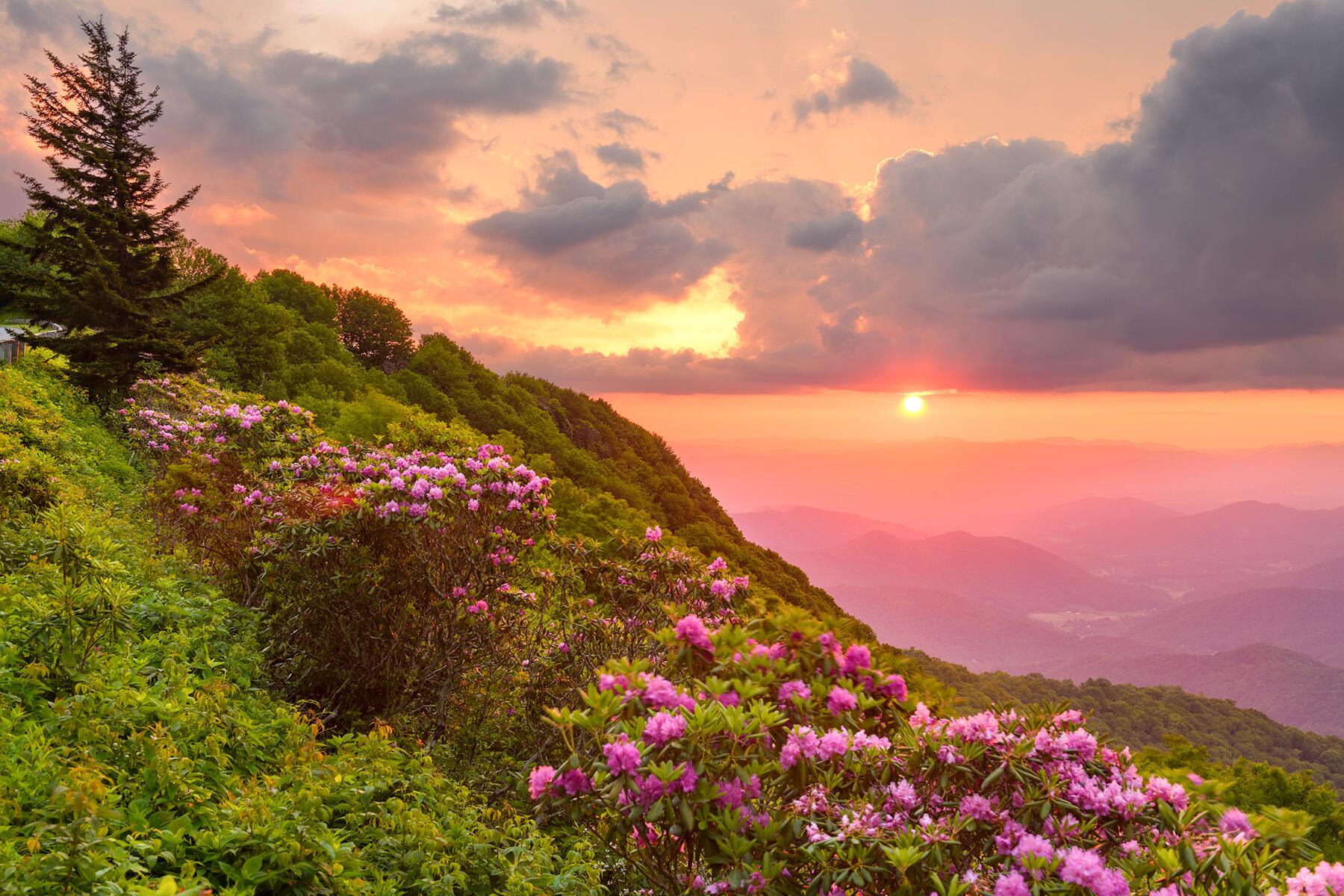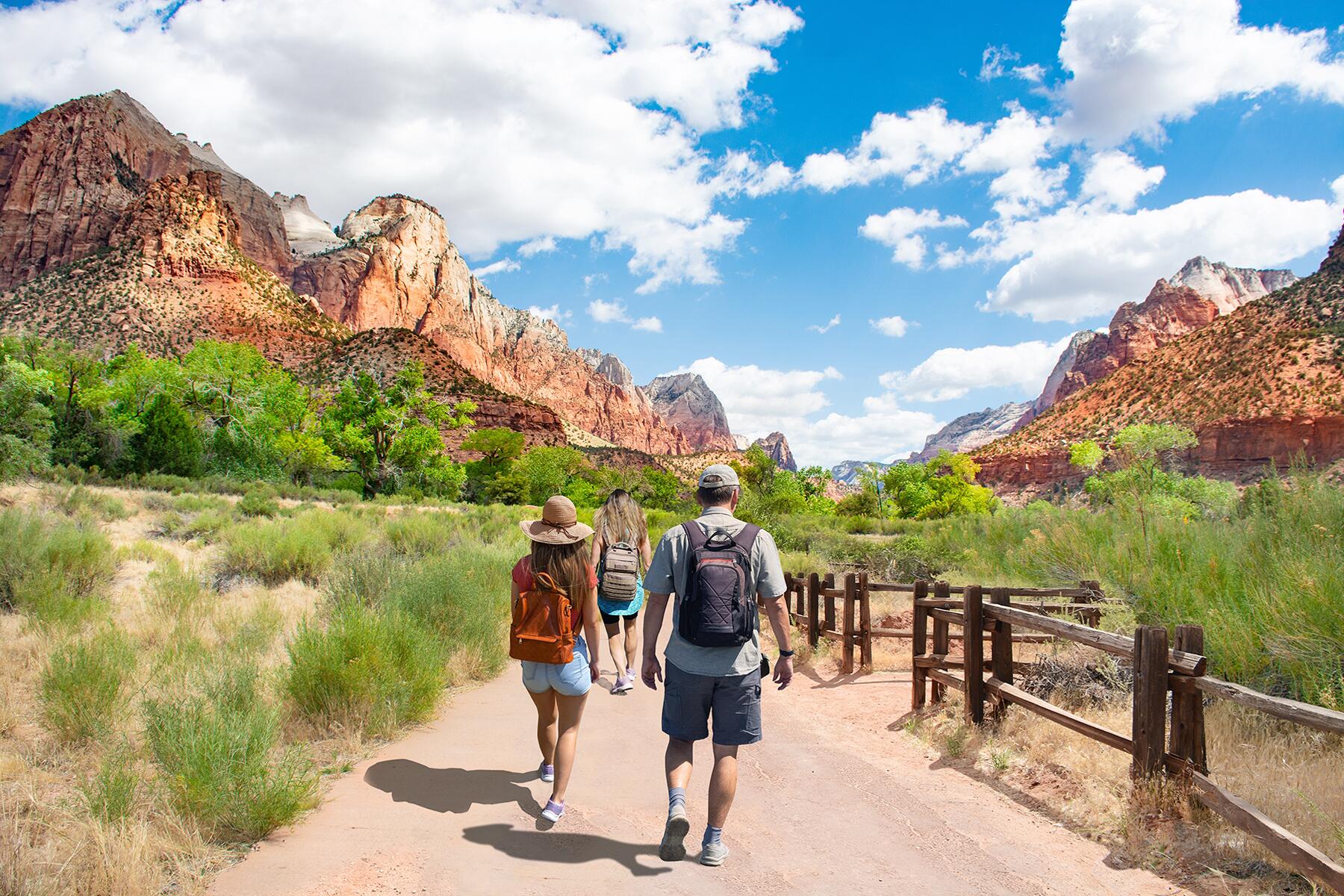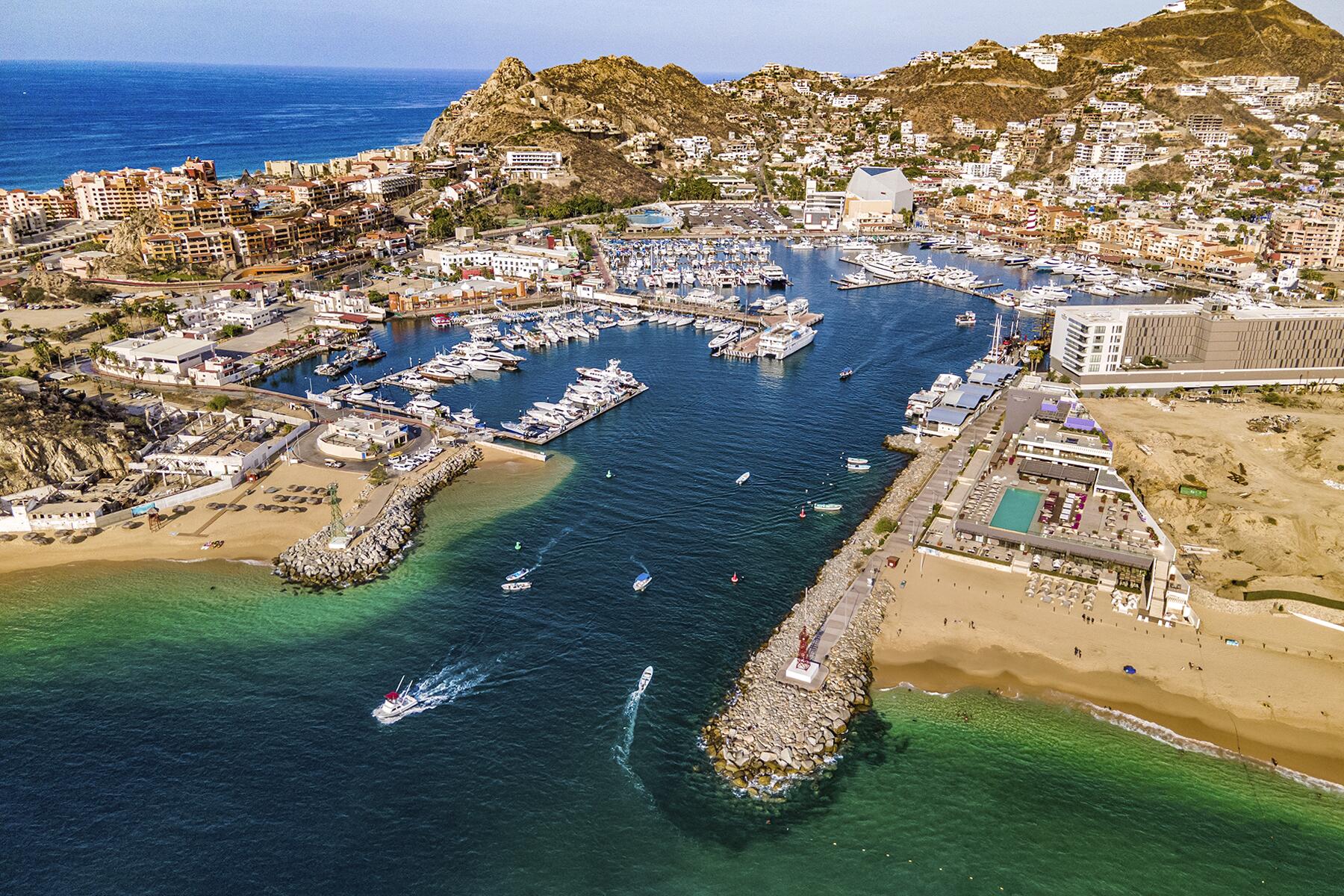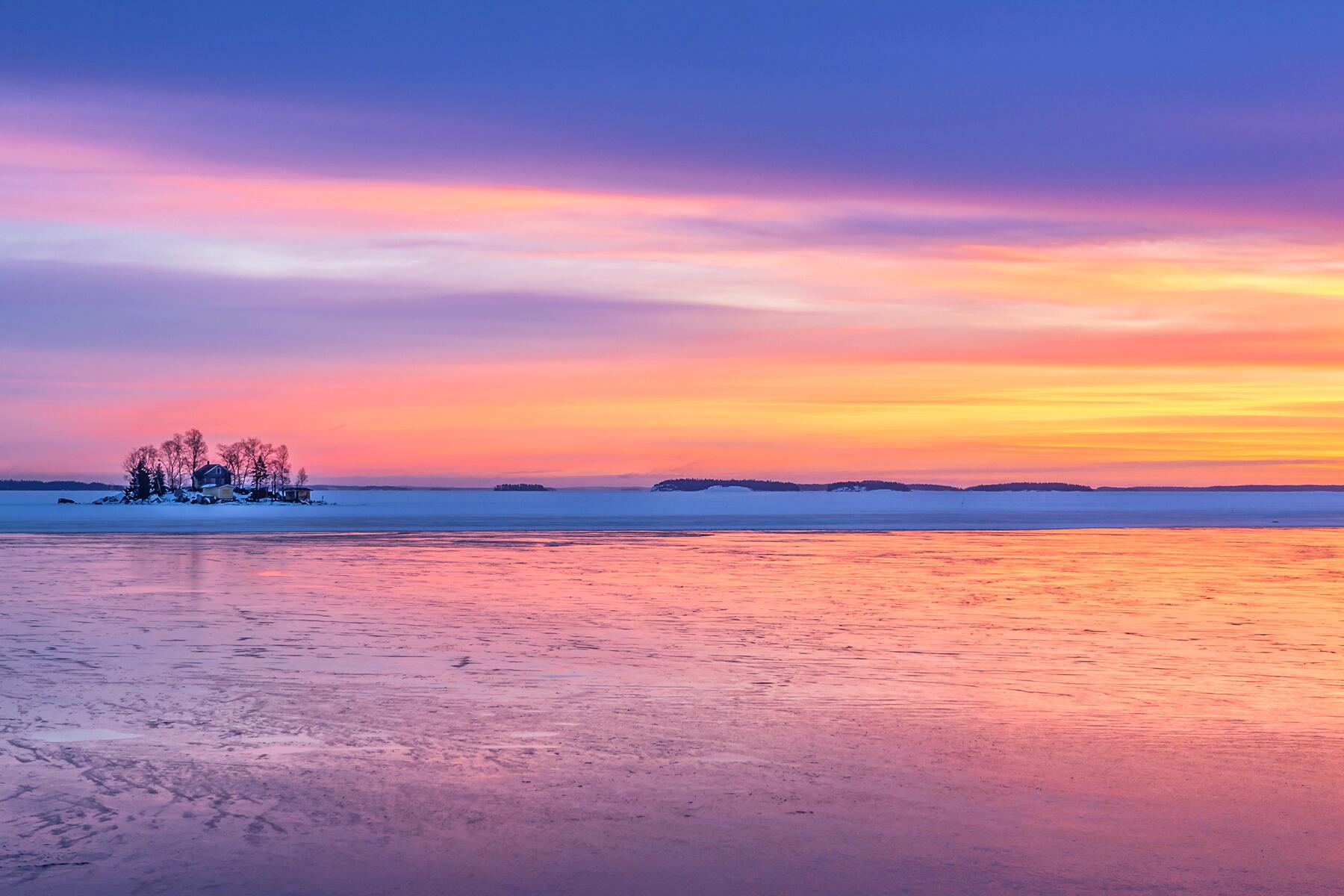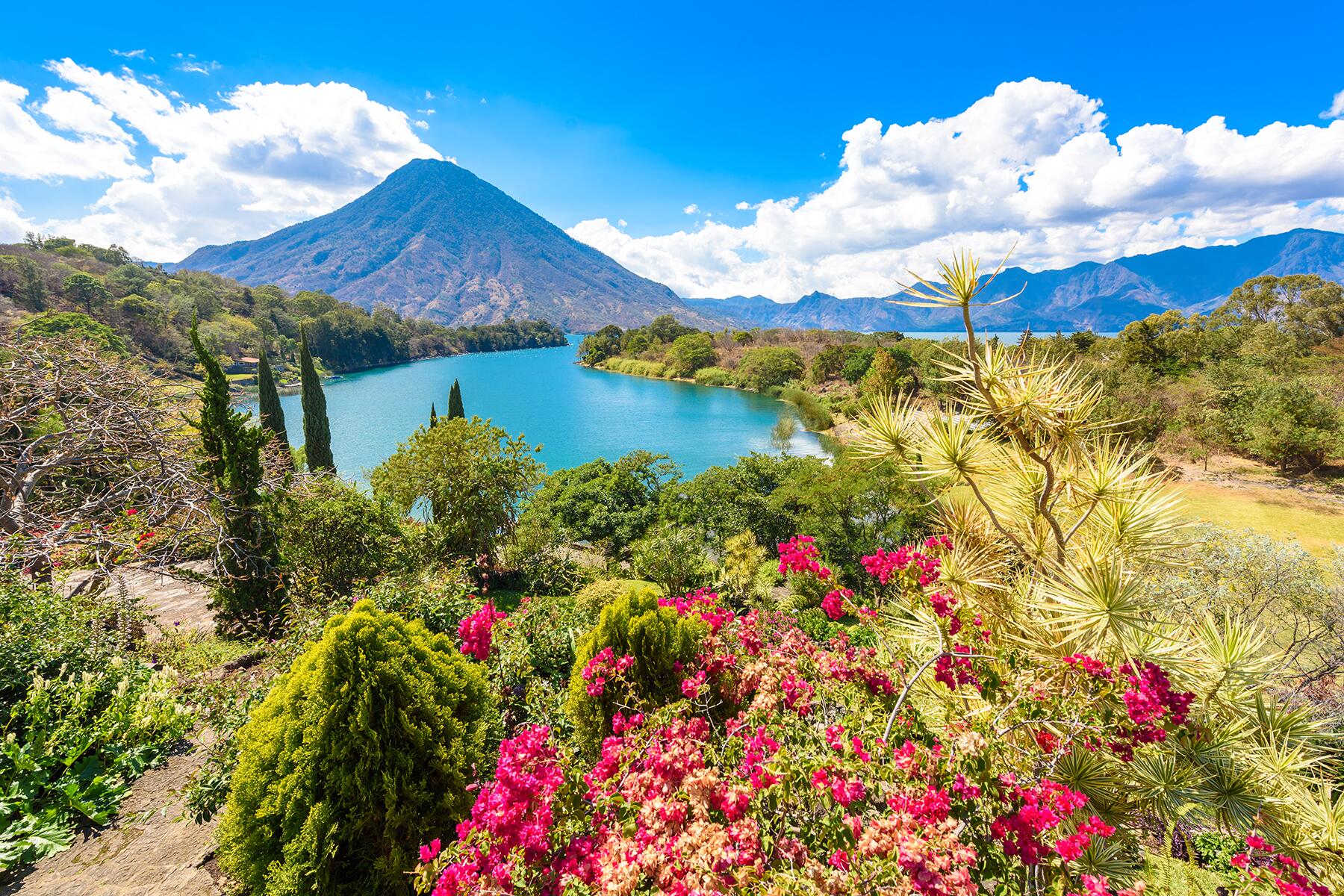It's all volcanoes and vibes.
Travelers are captivated by Lake Atitlán in Guatemala, a stunning six-mile lake that is ringed by cloud-catching volcanoes and occupies an enormous volcanic crater. The surrounding steep slopes are interspersed with small Mayan towns and dotted with villas and hotels that overlook tranquil blue waters. Lake Atitlán attracts travelers from around the world that are enticed by the unique geography, fascinating culture, and mystical volcano energy that permeates the landscape.
With accommodations and restaurants available across a wide range of budgets, distinctive, colorful towns, and an abundance of both adventurous and relaxing activities, visitors will find that there are multiple approaches to exploring the lake and its surroundings. Depending on budget, interests, and willingness to try something new, visitors to Lake Atitlán can curate an experience that will satisfy their own particular travel style.
Life of Luxury
High-end hotels and luxury lakeside digs are abundant around Atitlán, and the comparisons to Lake Como become clear when lounging next to a zero-entry pool, gazing at an otherworldly beautiful lakeside landscape with a glass of rosé in hand.
Overlooking the lake are private villas, chic boutique hotels, and luxury resorts like Casa Prana, where guests can enjoy a pool, spa, restaurant, and private gardens in an earthy-meets-ornate aesthetic. For a bohemian-luxe experience, Baraka Atitlán offers lakeside apartments featuring stylish decor and trumpet vines dangling into airy private terraces.
Anzan Table, not merely a restaurant but a dining concept, serves a seven-course tasting menu of bright, inventive dishes featuring seasonal ingredients served alfresco next to pretty lakeside views.
Travel around the lake levels up by hiring a private water taxi, where the pace and stops are for the passengers to decide.
Spiritual Seeker
Influenced by the various cultures that have embedded themselves around the lake over the centuries and past few decades, Indigenous Mayan shamanic traditions coexist alongside the new-age post-capitalist spirituality informed primarily by Indian and Buddhist teachings. With tons of offerings across a range of modalities, spiritual seekers will have no trouble raising their vibration.
San Marcos is ground zero for those seeking spiritual community or total immersion. Those focused on cultivating higher consciousness can find sound temples, cacao ceremonies, vortex healing, tarot readings, spirit entity removal, and ecstatic dance events. In a traditional Mayan sweat lodge called a temazcal, the body is purified through a ritual of song, prayer, and intense heat. Doron Yoga recreates this ancient practice in their own temazcal built with local, natural materials.
Retreat centers offer immersive dwellings within the spiritual realm. Students at the meditation center Las Pirámides del Ka sleep in pyramid-shaped cabins while they attend sun or moon courses, and at The Hermitage, students can participate in a dark retreat, the idea being that light deprivation can lead to inner illumination.
Recommended Fodor’s Video
Wayfarer
While boats are the most common way to move around the lake, those who prefer self-propelled transport and near-constant pristine volcanic lake views will find plenty of mountainside hiking trails to access the towns and summit the volcanoes. One well-traveled route connects Santa Cruz with the small village of Tzununá, and rambles through farms and forests, past hotels, homes, and villages. The hike’s difficulty alternates between stroll to strenuous, but with stops along the way for drinks in Jaibalito or a lakeside lunch on the beautiful terraces at La Casa del Mundo, the pace can be leisurely.
The towns are situated on the slopes of the volcanoes, and an ascent to the top yields a spectacular view and a glute-busting bout of exercise. In San Juan la Laguna, the Mirador Kiaq’Aiswaan is a colorful, mural-adorned platform and a prime viewpoint. The most popular hike is Indian Nose, or La Nariz del Indio, where a guided trek through the pre-dawn darkness leads to a magnificent sunrise panorama of the lake and eight volcanic peaks on a clear day.
Well and Healthy
Those who are focused on the health and wellness of their bodies, minds, and the planet will find an incredible range of health-promoting activities and eco-friendly resorts around Lake Atitlán. Yoga classes of all styles are prolific, and Yoga Forest Retreat Center is one of the most popular, offering daily yoga classes and workshops to guests and visitors alike. Vegans fare quite well in Lake Atitlán, with a cornucopia of tasty restaurants inspired by local and international cuisines.
Ecolodges combines the beauty of nature with body and mind-pampering endeavors. Villa Sumaya is a wellness and retreat center in Santa Cruz that emphasizes holistic healing practices and outdoor adventures. Laguna Lodge Eco-Resort is nestled into a verdant hillside among its own private nature reserve, where lakeside suites echo with the sounds of gentle waves and body treatments and massages await in the full-service spa.
Backpacker
As a popular stop along the Central American backpacker trail, Lake Atitlán is highly accommodating to this demographic of travelers who often find themselves tethered to a shoestring budget.
For transport, water taxis are inexpensive and make all stops along the shore. In the highlands around the lake, an inexpensive and adventurous transport option are the chicken buses, which are former yellow school buses living out their twilight years as colorful, curve-hugging chariots roaring across Guatemalan mountainsides.
Cheap eats are plentiful, and street food carts serving tacos and tortas pop up in the evenings in San Juan la Laguna and San Pedro. Most backpackers base themselves in San Pedro, and while the nights generally wind down early in the lake towns, San Pedro parties on, fueled by the raw, youthful energy of thirsty, story-swapping backpackers.
For accommodations, Selina, a well-known brand on the backpacker circuit, is in Panajachel, and near to Santa Cruz is the Free Cerveza Hostel, which markets itself as a “summer camp for adults” with bonfires, a slip n’ slide, and—you guessed it—free beer.
Community Curious
Travelers looking for community and culture will find many occasions to mix in and experience local life in Atitlán firsthand.
Plenty of families welcome travelers through homestays, which can be an intimate, mutually beneficial way to meet people and enhance the economy at a micro level. Depending on the host, guests may be invited for meals or activities, such as learning how to prepare foods, observing artisans at work, or learning a few words of one of the indigenous languages that are spoken throughout Atitlán.
Small, casual eateries called comedors serve the town’s regulars, offering a limited menu of meals consisting of a combination of rice, beans, tortillas, and a protein.
For a first-hand look at local religious practices, attending a ceremony in Santiago to Maximón, a Mayan folk saint, can highlight how ancient indigenous traditions intersected with the imposition of Spanish Catholicism. Every town has a church, varying in size and level of decor, and the cemeteries, while they should be respected as such, are wildly colorful, each color symbolizing a particular meaning to the deceased.
Savvy Shopper
Guatemala has a reputation in Central America as a particularly advantageous locale for shopping, as it is common to find beautiful, high-quality handmade goods for prices that are fair for both buyer and seller.
Panajachel has the most markets among the lake towns, selling both handmade and mass-produced goods on bustling streets. The Calle de Las Artes in San Juan La Laguna sells clothing, speciality food items, and souvenirs along a photogenic thoroughfare.
On Tuesdays and Fridays, Sololá hosts two markets that are geared more toward the local population. It is common to see women and men dressed in traditional clothing, showing off intricately embroidered trousers, cowboy hats, and vibrant patterns. The wholesale market, or Mercado Mayoreo, sells clothing, textiles, and home goods, while the food market Mercado Municipal is where fresh tortillas fry on the comal and abundant, colorful produce is piled so high the sellers are almost obscured beneath their yield.
Located an hour and a half from Panajachel is Chichicastenango, where on Thursdays and Sundays, the largest open-air craft market in Central America sells everything Guatemala has to offer in the consumer goods department.
Adventurer
Adventures abound in Lake Atitlán. Stand-up paddle boards and kayaks are ideal for independent lake exploration during an early morning paddle or afternoon session in the sunshine. Horseback rides meander through mountaintop coffee farms and scuba diving trips reveal submerged relics and incredible rock formations.
For a hit of adrenaline, brave souls can paraglide high above the lake, and the incredible volcano and lake views make it well worth any fried nerves. Cliff jumping from the 12-meter high platform at the Cerro Tzankujil Nature Reserve in San Marcos is the most extreme method to enjoy the reserve, but milder folks can perch on a spacious hillside of large rocks where it is easy to climb down and take a dip in the cool, clear blue water.
Adventurous accommodations can be found at the Free Cerveza Hostel, where rentals such as bell-top tents, bamboo casitas, and a rustic lakehouse equipped with its own private dock are a glamper’s paradise.
Foodie
Lake Atitlán does not disappoint when it comes to food, and offers an array of local specialties, international cuisines, vegan delights, and upscale precious preparations across a range of budgets.
Diners eager to try the local Guatemalan cuisine can enjoy tasty preparations of authentic dishes such as pulique, a savory meat and vegetable stew normally enjoyed only on special occasions but available anytime in Atitlán. Pepián is a spiced chicken stew that is a hybrid of Spanish and Mayan cuisine. A shuco is a typical Guatemalan sandwich made with meat and vegetables found at Famosos Shucos in Panajachel.
For the international crowd, the offerings cover the globe, including but not limited to Japanese yakitori, American barbecue, Indian curry, Israeli brunch, and wood-fired pizza.
At La Casa Zapote, the most coveted reservation in town and almost legendary at this point, diners can enjoy fine Italian cured meats and flavorful cheeses paired with high-quality wines in a beautiful garden setting.
Not to be overlooked are the many cafes serving Guatemala’s finest local coffee, like Cafe Loco Coffee Roasters in Panajachel.
Art Appreciator
Art is found everywhere in Atitlán—decorating the streets, covering the walls of buildings, for sale in the markets, and even adorning the people themselves.
Each town is a work of art, helped by an initiative to beautify the towns by painting the buildings with bright colors and decorating the walls with patterns and symbols that hold a deeper meaning to the residents. Even the patterns on the traditional clothing worn by the local people varies from town to town. Beautifully detailed murals depict local life, traditions, nature, and prominent real-life figures that deeply connect to the area. San Juan la Laguna in particular, displays a high concentration of these murals on the walls of their already colorful buildings.
Lake Atitlán is overflowing with artisans. Art shops sell paintings from local artists that depict colorful landscapes, religious imagery, or local folklore. In Santa Catarina Palopó, women create their own dyes and practice the same traditional weaving methods that have been used for hundreds of years in the production of their textiles. San Antonio Palopó is famous for their ceramics decorated with distinctive Mayan designs and made using high-quality clay from volcanic riverbeds, and at Ceramica Palopó Multicolor, visitors can observe the entire process from start to finish.
Continuing Education
Learning a new skill or enhancing one’s knowledge is a popular activity around the lake, and multitudes of classes, workshops, retreats, trainings and programs over a variety of subjects are available. One of the most common educational pastimes is to learn Spanish, and many schools not only teach the language but also offer cultural insights.
Yoga teacher trainings are easy to find, as are cooking classes demonstrating how to prepare local dishes. Curious, open-minded folks can attend workshops across a number of spiritual modalities, such as light language activation or traditional tantra. People with the desire to create can do so at an oil painting lesson or practice a range of Latin dance styles. Those who have been fascinated by the hand-crafted local goods can learn more about the process through weaving and botanical dyeing classes at TinteMaya.
